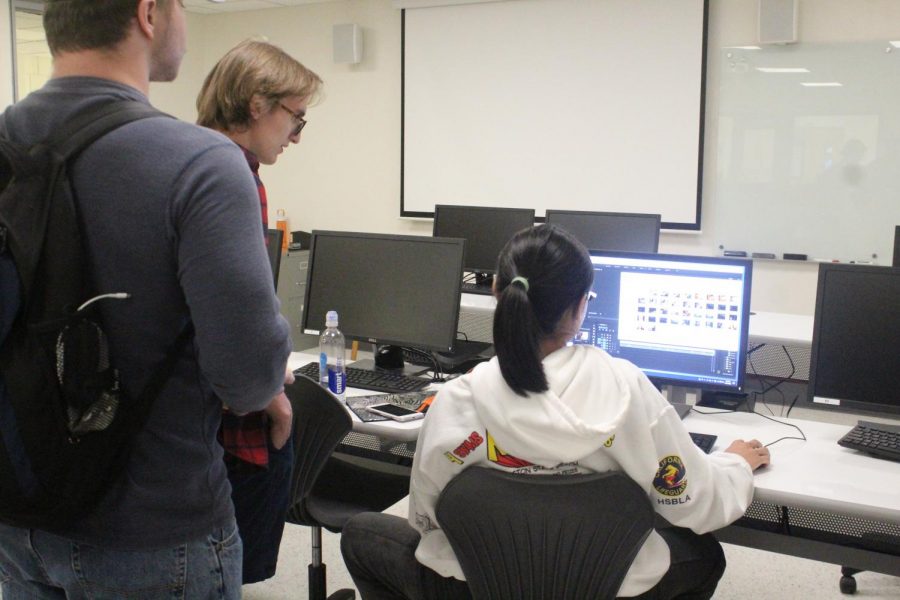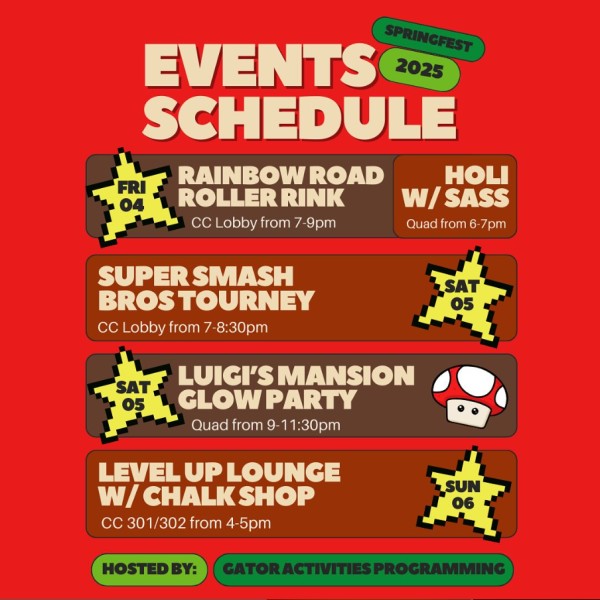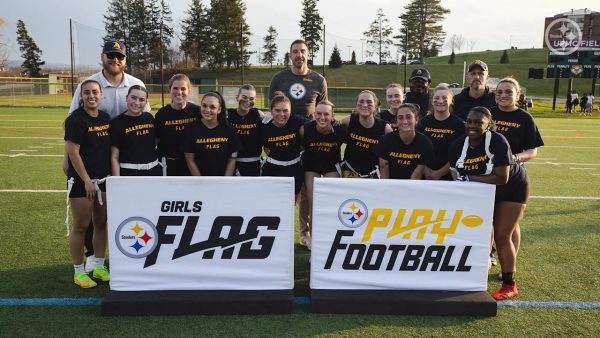Module B set to start, interactive courses offered
The “Philadelphia” pride flag hangs at one end of the Market House, with a transgender pride flag hanging in the background.
Allegheny College has been offering half-semester courses since 1995, although the two halves of the semester have not always been known as “module A” and “module B.” Seven courses were offered to the student body as part of module B and will be starting tentatively from Monday, Oct. 18.
According to Associate Provost and Interim Registrar Jennifer Dearden, half-semester courses are known as seven-week courses and serve several purposes.
“Some of these courses are to supplement existing program courses,” Dearden said. “For example, there’s a course in module A in music that is a co-requisite for a full semester course.”
Courses offered in modules A and B are often only designed to be seven weeks long because of the content they cover and the depth to which they are taught. Dearden explained that some courses only offer certain complementary skills that students can pick up during full-semester courses.
Since half-semester courses offer only two credits to students, Dearden believes they are a great way to split workload.
“If you’re looking for a slightly more intense schedule, then you can take your standard 16 credits and take seven-week courses to push them to 18 or 20,” Dearden said. “However, if you’re looking to have more breathing room you can schedule 12 credits and take a half-semester class to bring that up to 14.”
Module A and B courses were also offered in spring 2021 despite the inaugural module one being implemented due to COVID-19 protocols and restrictions.
“We did offer a few modules A and B courses last semester but it was a bit more difficult to manage with module one being in place too,” Dearden said.
Dearden emphasized that modules A and B should not be confused with modules one and two. She also explained how modules one and two will interact with A and B in the spring..
“Module one will be three weeks long and module two will be 12 weeks long this upcoming semester,” Dearden said. “Modules A and B will exist within module two and will be six weeks long each.”
Allegheny’s faculty voted last academic year in favor of implementing the module one and two system for the upcoming spring semester as a precautionary measure, according to Dearden.
“We had no way of knowing what the situation would look like in the future,” Dearden said. “It’s a way for us to be safe as we still don’t exactly know what the future might be.”
Dearden did confirm that, as of now, students will be on campus for the entire spring 2022 semester, meaning that module one will no longer be conducted remotely.
Art, science and language courses are being offered to students as part of module B. Some of the courses are collaborative learning courses and will be taught by visiting instructors from nearby businesses.
For example, ART 529 B1: Creative Technology in Advertising, will be taught by Matthew Pegula, ’01, who works for Pittsburgh-based marketing and technology firm Deeplocal.
A number of other courses, such as ART 529 B2: Video Game and Cinematic Composition, are also being taught by visiting instructors who are experts in their fields and the content of the courses they are teaching.
Associate Professor of Art and Director of Academic Innovation Byron Rich explained the process behind designing and offering collaborative learning courses. He recalled the establishment of the Allegheny Lab for Innovation and Creativity, which is in the Doane Hall of Art, and how it led to the creation of such courses.
“When I first started Allegheny seven years ago, I really selfishly wanted a fabrication facility on campus, like a really nice lab that had tons of cool equipment for me to make my art with,” Rich said. “The only way that I saw that being possible was to start working more closely with professors from different disciplines that also wanted a similar facility. So over the course of a few years, we started to put together ideas that ended up coalescing in the (ALIC).”
Rich said that after the opening of the lab in 2019, he became impassioned about teaching students how to use the software “Solid Works.”
“Solid Works is a design software and can be used in designing anything from sneakers to cars to airplanes,” Rich said.
Rich said that, not having the skills and time to teach the software himself, he reached out to local aerospace manufacturer Aquatech and hired Tom Swanberg to teach the course.
Given the smooth running of the SolidWorks course, Rich has since reached out to other experts to instruct collaborative learning courses at Allegheny.
Guillaume Emiliano Loinard-Gonzalez, ’24, believes that such courses are necessary for building connections with industry experts and professionals.
“I’m going to be taking a module B course for sure,” Loinard-Gonzalez said. “I just think it’s cool that different and more immersive courses are being offered and because real professionals are teaching them it’s a great way to get inside knowledge and make connections.”
Rich also emphasized the importance of offering a wide variety of courses and recalled that students have been able to make connections via collaborative learning courses.
“Students kind of moved from the Solid Works course into internships and jobs at Aquatech,” Rich said. “They learned to speak the language of the business and they learned the software and they made connections.”
Module B courses reached complete registration within days of being offered and have already proved to be popular among students. Rich said that he definitely has plans to expand on collaborative learning courses in the future.
“We’re not going to run them as four credit full-semester courses,” Rich said. “We are planning to have them offered in a series though. It might be a system where we have different levels of classes which act as prerequisites.”
Although these classes have garnered attention from the student body, Dearden explained that it is unlikely for them to make their way onto a full semester class roster, but they are paying attention to what seems popular.
“At the moment there aren’t any plans to expand it other than within a program,” Dearden said. “So for example, right now what’s being called ART 529, there are plans to hopefully offer more of those courses in the future.”
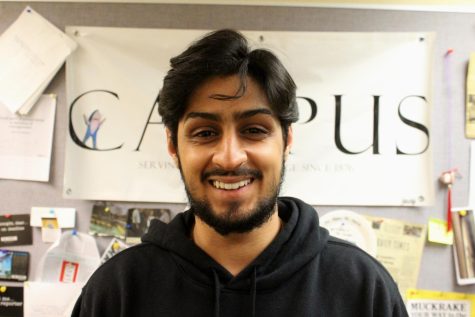
Hassan Javed is a junior from Lahore, Pakistan. He is majoring in Communication and Media Studies while minoring in Psychology. This is his third year...
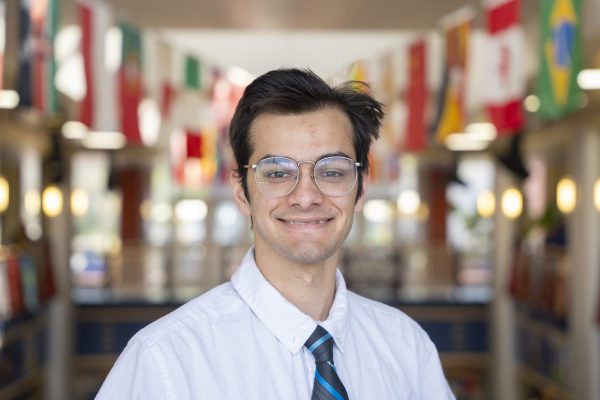
Sami Mirza is a senior from many different places. He is majoring in International Studies with a focus on the Middle East and North Africa and minor in...



